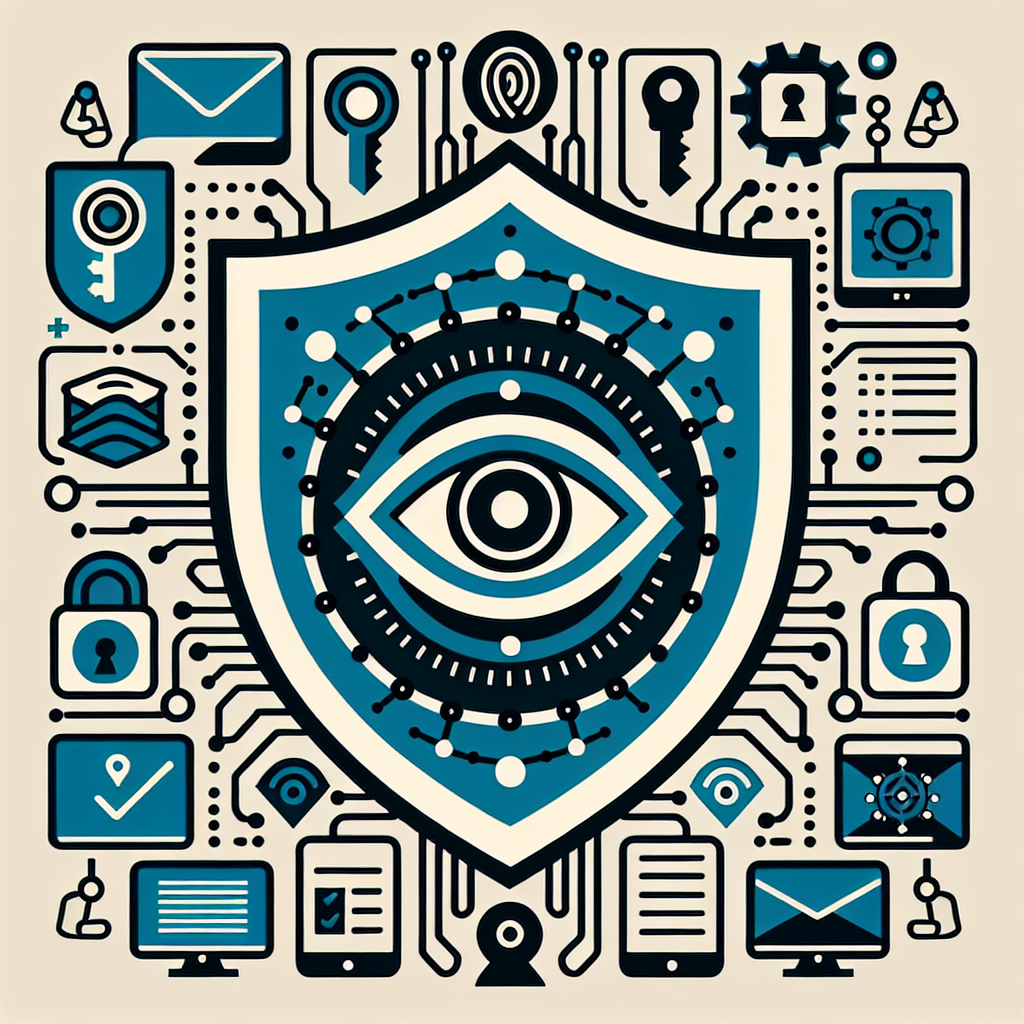Introduction to Multi-Factor Authentication
In today’s digital age, ensuring the security of your online accounts is more important than ever. One effective way to enhance your online security is by implementing Multi-Factor Authentication (MFA). This guide will walk you through the steps to set up MFA, its benefits, and best practices for safeguarding your accounts.
What is Multi-Factor Authentication?
Multi-Factor Authentication is a security mechanism that requires more than one form of verification to access an account. Unlike traditional password-only systems, MFA adds an additional layer of security, making it significantly harder for unauthorized users to gain access.
Key Components of MFA
- Something You Know: This is typically your password or PIN.
- Something You Have: This can include a smartphone app that generates a code, a hardware token, or an SMS sent to your phone.
- Something You Are: This involves biometrics, such as fingerprints or facial recognition.
How to Implement MFA
Step 1: Choose Your Authentication Method
Before setting up MFA, decide which methods you’ll use. Common options include:
- Authentication apps (e.g., Google Authenticator, Authy)
- SMS messages
- Hardware tokens
Step 2: Enable MFA on Your Accounts
Most online services have an option to enable MFA in their security settings. Follow these steps for popular platforms:
For Google Accounts:
- Go to your Google Account settings.
- Select “Security” from the menu.
- Under “Signing in to Google,” select “2-Step Verification.”
- Follow the prompts to set up your preferred method.
For Facebook:
- Navigate to “Settings & Privacy” and then “Settings.”
- Click on “Security and Login.”
- Under “Two-Factor Authentication,” select “Edit” and follow the prompts.
Step 3: Test Your MFA Setup
Once enabled, it’s crucial to test your MFA setup to ensure it works correctly. Try logging in with your password and the second factor to confirm.
Benefits of Multi-Factor Authentication
- Improved Security: Reduces the risk of unauthorized access.
- Peace of Mind: Knowing your accounts are more secure.
- Compliance: Many industries require MFA for regulatory compliance.
Best Practices for Multi-Factor Authentication
- Regularly update your passwords and make them strong and unique.
- Use different MFA methods for different accounts.
- Educate yourself about phishing attacks and always verify the source before entering your credentials.
Conclusion
Implementing Multi-Factor Authentication is a crucial step in safeguarding your online presence. By following these steps and best practices, you can enhance your security and protect your sensitive information from cyber threats.

Leave a Reply